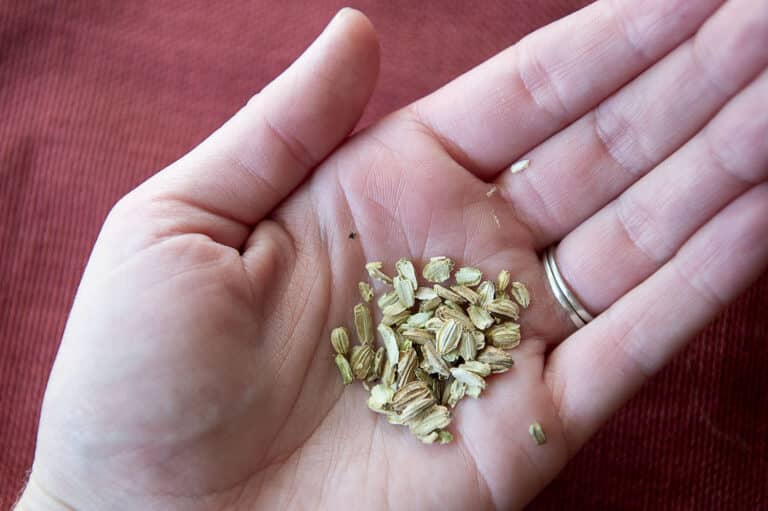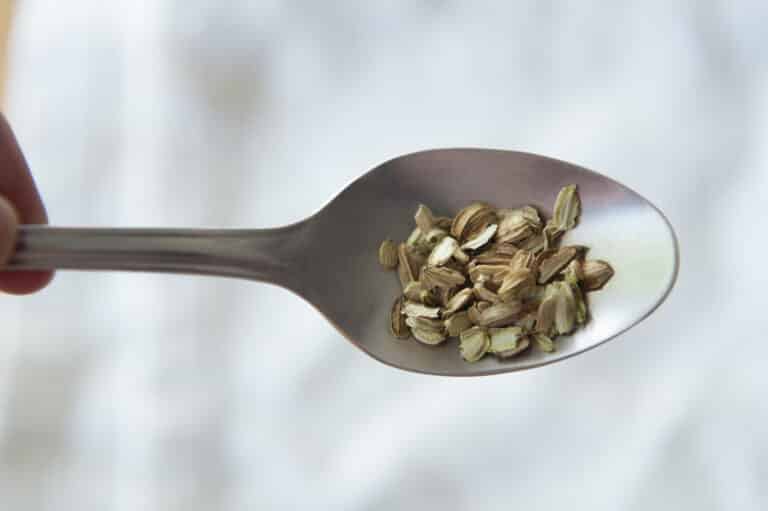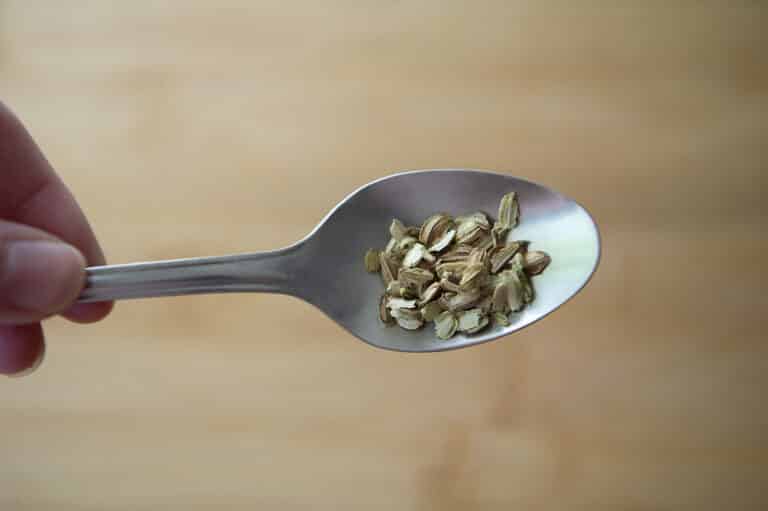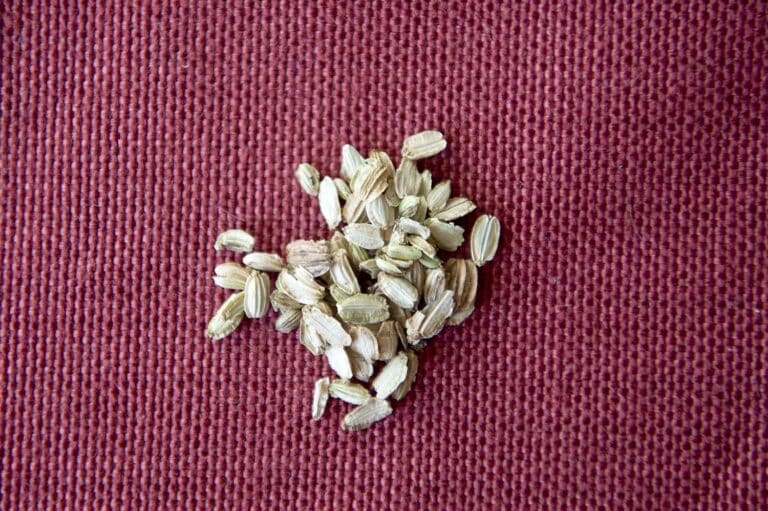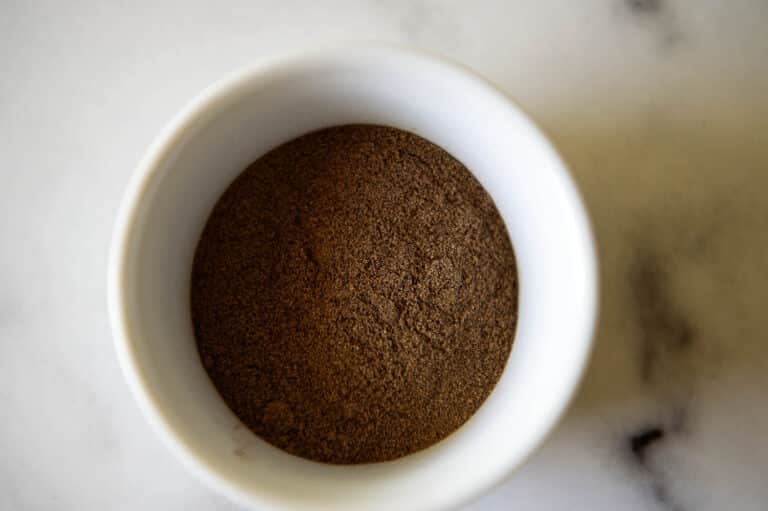Exploring the Unique Taste of Aidan Fruit: What Does It Really Taste Like?

Aidan fruit, known scientifically as Tetrapleura tetraptera, and commonly referred to as Prekese in many African languages, is a staple in West African cuisine and traditional medicine. Its distinctive taste and aromatic qualities make it a beloved ingredient, but outside of its native region, many are curious about its flavor profile.
There are several health benefits of aidan fruit, including its ability to support digestive health and regulate blood sugar levels.
Flavor Profile of Aidan Fruit
Aidan fruit has a complex flavor that is challenging to describe with simple comparisons. It boasts a unique blend of sweet, spicy, and tangy notes, creating a multifaceted taste experience. When dried, the fruit exudes a more concentrated flavor, often described as a mix of floral and musky tones with a hint of earthiness. The outer shell of the fruit is hard and woody, but it’s the inner pulp that carries the robust flavors and aromatics.
The closest comparisons in terms of flavor might be tamarind, which shares its tangy and sweet characteristics, and cinnamon, which provides a warm, spicy undertone. However, Aidan fruit stands out due to its additional musky and smoky nuances, making it quite distinctive.
Culinary Uses of Aidan Fruit
In West Africa, Aidan fruit is primarily used in cooking rather than eaten raw due to its potent flavor. It is an essential ingredient in many traditional soups and stews, where it imparts its rich bouquet to enhance the dish’s overall taste profile. The fruit is typically added during the early stages of cooking, allowing its flavors to meld with the broth and other ingredients.
One of the most popular dishes featuring Aidan fruit is the Ghanaian Light Soup, a spicy broth served with meat or fish. The fruit is either added whole or sliced and simmered with tomatoes, onions, and spices, enriching the soup with its aromatic and flavor complexities. The result is a hearty, flavorful dish that carries not only the taste but also the nutritional benefits of the fruit.
Health Benefits Linked to Its Flavor Components
The distinct taste of Aidan fruit is not only key to its popularity in recipes but also indicative of its health-promoting properties. The spicy and tangy notes come from essential oils and phytochemicals within the fruit, which are believed to have antioxidant, anti-inflammatory, and antimicrobial properties. These compounds make Aidan fruit highly valued in traditional African medicine, where it’s used to treat everything from diabetes and hypertension to skin diseases and postpartum recovery.
The Sensory Experience of Tasting Aidan Fruit
For those new to Aidan fruit, the first tasting can be an intriguing sensory experience. The initial musky aroma might suggest a flavor too intense for some palates, but once cooked into dishes, it transforms into a pleasant, enriching element that complements a wide range of ingredients. Its ability to enhance both the flavor and nutritional value of meals is why Aidan fruit is cherished in West African kitchens.
The taste of Aidan fruit is as rich and complex as its cultural significance in West Africa. Its unique blend of sweet, tangy, and spicy, accented with earthy undertones, makes it a sought-after ingredient in traditional cooking.
Beyond its culinary uses, the health benefits associated with its flavor components further add to its value, making Aidan fruit a true powerhouse in both kitchens and medicinal practices.
As global culinary landscapes evolve, Aidan fruit is poised to enchant new audiences with its distinctive flavor and healthful attributes.

